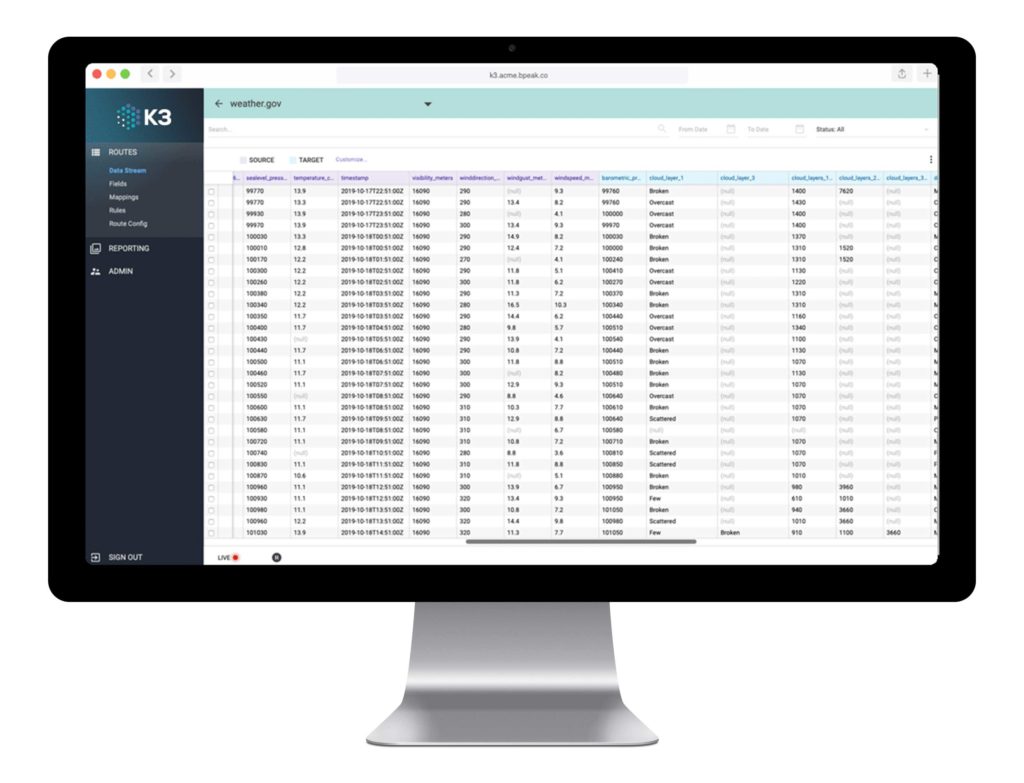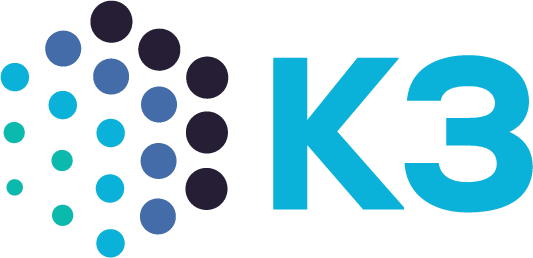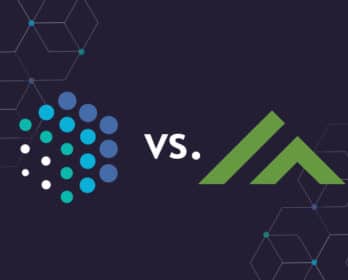De-Silo Your Data Organization
90% of the world’s data has been produced within the past two years. For businesses, this data is scattered across departments and different types of storage facilities, including data lakes and data warehouses.
Business leaders must collect this data into a centralized location, where the information can be used for analysis and visualization. It’s a tall order—one k3 client had over thirty different departments, each with their own platforms, systems, and data management tools.
90% of the world’s data has been produced within the past two years.
K3 data integration tools built a harmonized, federated data store for this company, as well as many others. As enterprise data management needs continue to grow alongside the amount of information available, de-siloing your data becomes more important than ever.
Or, to put it another way, companies need to master data management.
What Are The Three Main Goals of Data Lifecycle Management (DLM)?
De-siloing your data organization is one part of the larger data lifecycle management (DLM) process. In DLM, business leaders focus on getting the most value out of their data for the duration of its lifecycle, from first touchpoint to last.
Optimizing DLM involves three main goals:
- Availability. Siloed data has limited uses. When the right teams don’t have access to all the right data, information is not readily available, and therefore goes underutilized.
- Confidentiality. Enterprise-grade data management systems can be set up to allow certain team members access to the right data—while limiting access for others on a need-to-know basis.
- Integrity. A data manager must ensure that data is not only complete and accurate, but also reliable, and consistently valid.
De-siloing your data organization has the greatest impact on data availability, however confidentiality and integrity remain essential throughout any DLM process.
De-siloing your data organization has the greatest impact on data availability, however confidentiality and integrity remain essential throughout any DLM process.
Harmonized & Federated Data Management Plans
Successful DLM includes more than just the three guiding principles. Data management systems ensure that the information stored is also harmonized and federated to boost its utility across departments.
Harmonized Data
Harmonized data is information collected from disparate sources that is made into the same format. For example, various data stores may have columns for “quantity,” “qty.,” “Q,” or capital-Q “Quality” and more, depending on where, when, and by whom it was uploaded.
Harmonizing the data requires using data management tools to ensure continuity of format. In the long-term, federated principles guide data management.
Federated Data
Data can be in any usable format in its original store, as it will be harmonized during the de-siloing process. Federated data takes this a step further by establishing a rigid standard to follow every time data is moved from one store to another, such as Redshift or Snowflake using K3.
In the previous example, any time any type of “quality” comes up in a data store, the federated standards would decide how said data is harmonized. This ensures format alignment in compliance with data governance across an organization.
PRO TIP:
Harmonizing your data can be done automatically, using the right tools.
Enterprise Data Management With K3
You don’t need an advanced data management certificate to start de-siloing your data, nor do you need to fundamentally master data management tools in order to make significant progress.
K3’s low-code data integration tools are built with best practices in mind so that you and your teams can conduct up-to-the-minute analysis of your most crucial data, no matter where or in what format it’s stored. See it in action with a free demo to get started today.


Request a Demo
K3 Guide
Navigating the pathway to surfacing and making useful data from a myriad of sources can be daunting. Our K3 Guide is here to share best practices, objective insights and modern approaches to solving modern data prep and integration challenges.






